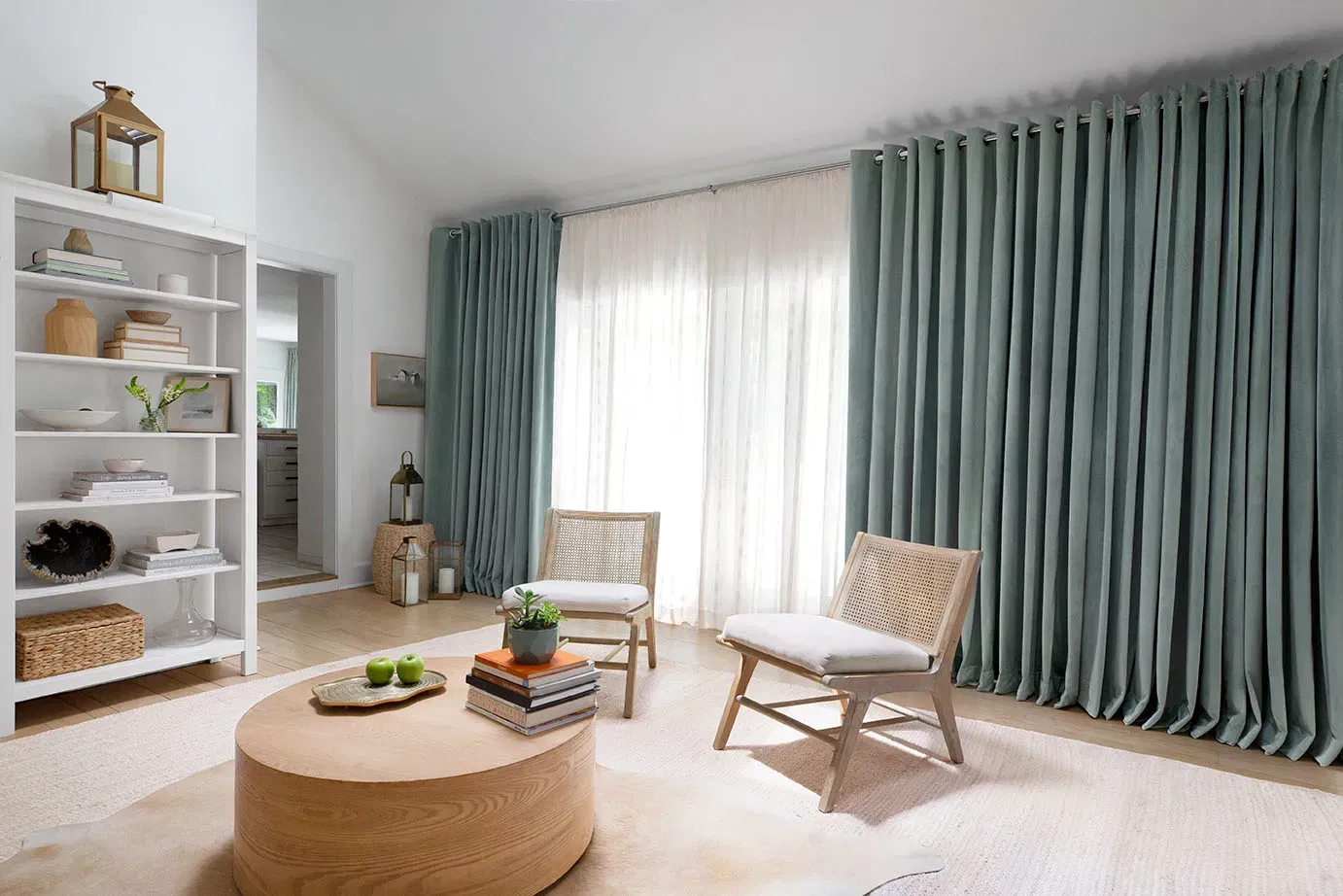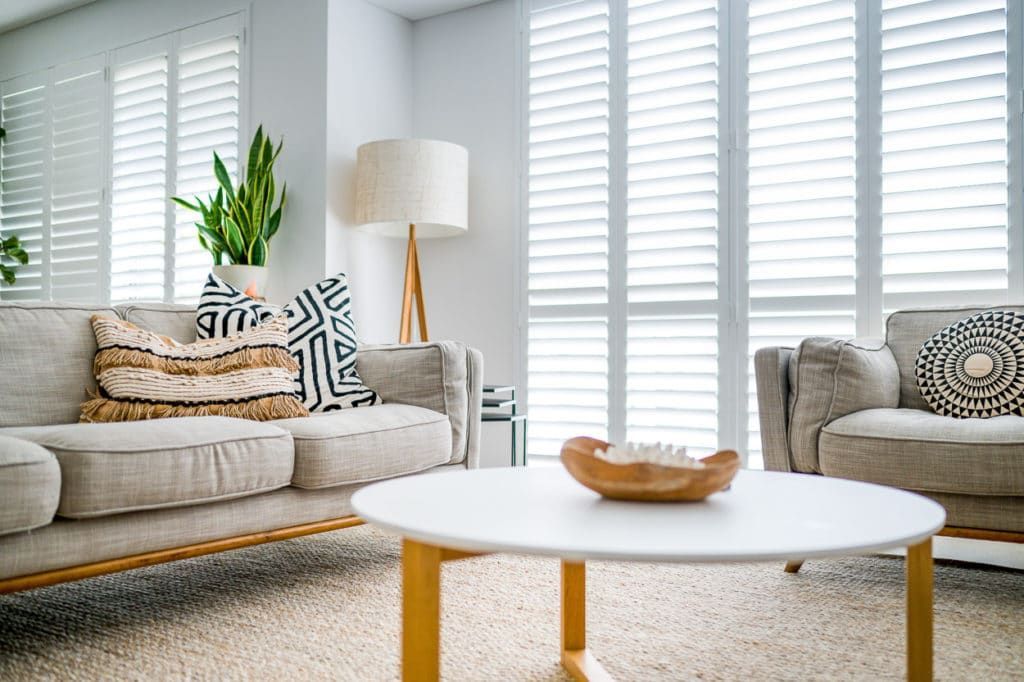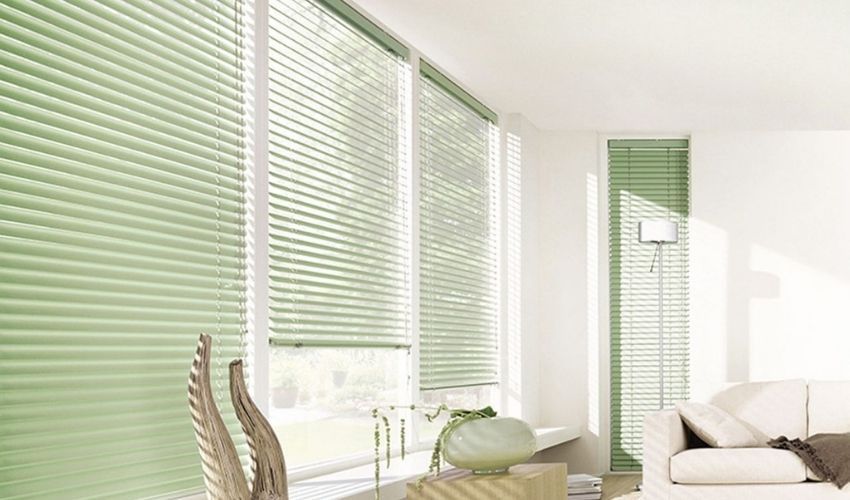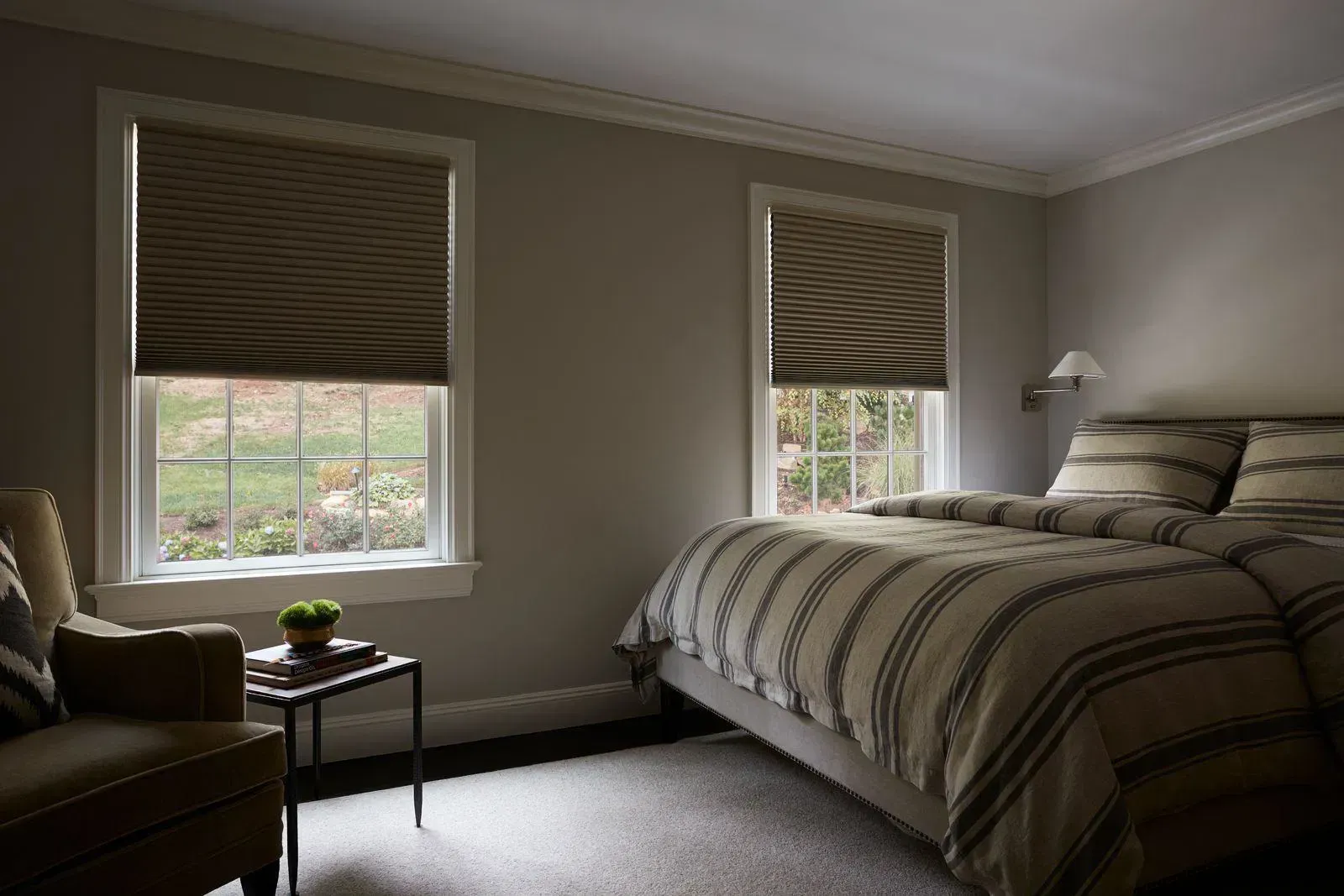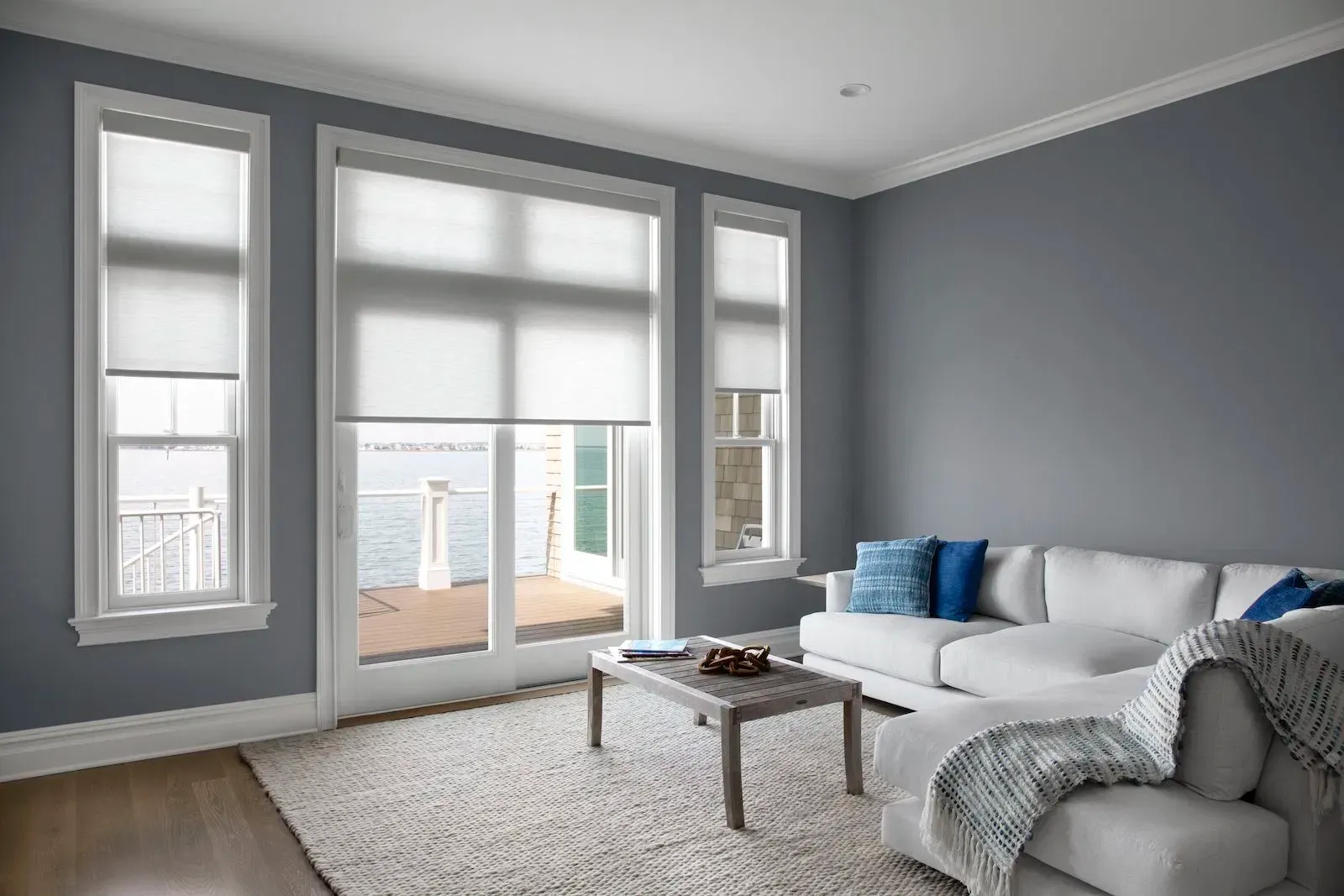Do Roller Blinds Provide Better Insulation Than Curtains?
TLDR;
Yes, roller blinds can provide better insulation than curtains, especially when they are made from thermal-backed materials and fit snugly against the window. However, thick, layered curtains also offer strong insulation, and the best solution for maximum energy efficiency is combining both roller blinds and curtains.
Introduction: The Importance of Insulated Window Treatments
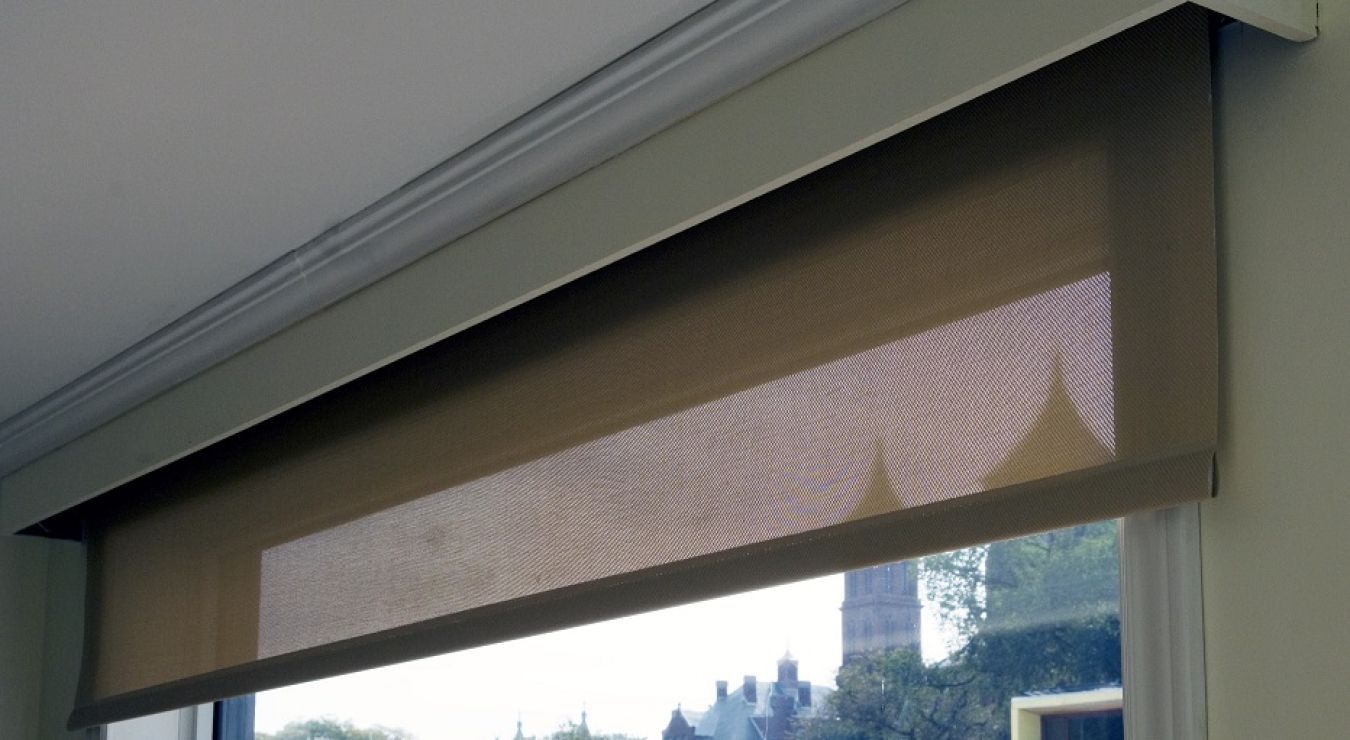
Maintaining indoor temperature efficiently is crucial for comfort and energy savings. Windows are one of the biggest culprits for heat loss in winter and heat gain in summer. This is why choosing the right window treatment is essential.
When it comes to insulation, both roller blinds and curtains offer benefits, but which one performs better? In this guide, we break down the differences between roller blinds and curtains in terms of thermal efficiency, helping you make the right choice for your home or business.
How Window Treatments Affect Insulation
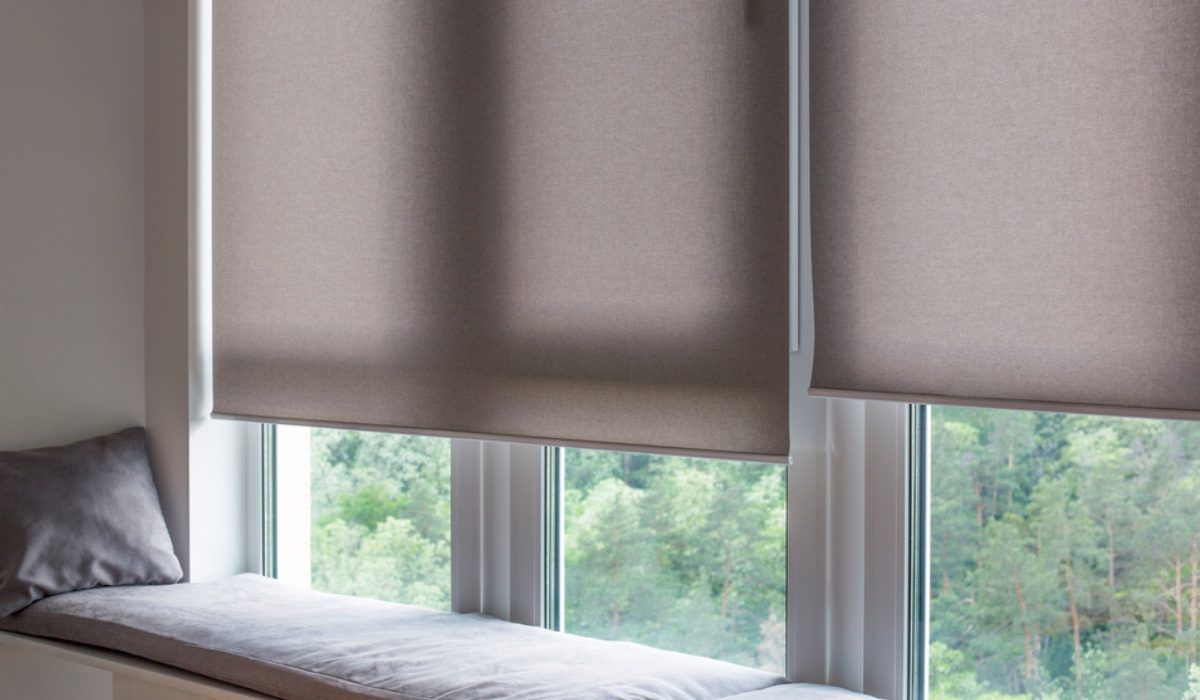
Understanding Heat Transfer
Windows are a primary source of thermal energy loss in buildings. Heat is transferred through:
- Conduction – Direct heat transfer through materials (e.g., from warm indoor air to cold glass panes).
- Convection – Movement of warm and cool air currents, influencing how heat escapes or enters a room.
- Radiation – Infrared heat from sunlight warming the interior during summer and escaping in winter.
Proper window treatments help mitigate these effects by adding a barrier that slows down heat transfer, keeping your indoor climate more stable.
Insulation Properties of Roller Blinds
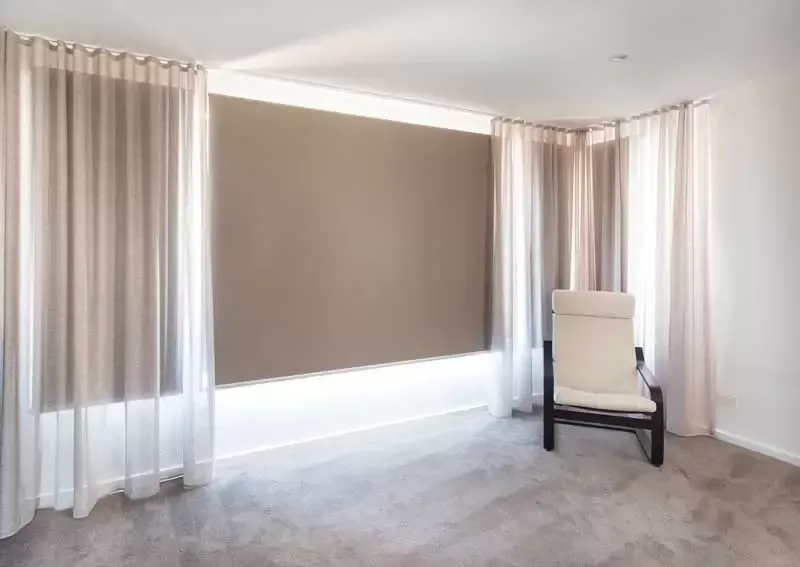
Material Composition
Roller blinds come in various materials that impact their insulating properties:
- Thermal-backed roller blinds – Have a special lining that helps retain heat in winter and block heat in summer.
- Blackout roller blinds – Block sunlight and offer some insulation benefits by preventing heat gain.
- Cellular or honeycomb roller blinds – Feature air pockets that trap heat, making them one of the most energy-efficient choices.
Design Efficiency
- Roller blinds fit snugly within the window frame, minimizing gaps where heat can escape.
- Some roller blinds have reflective coatings to deflect heat during summer while retaining warmth in winter.
Insulation Properties of Curtains
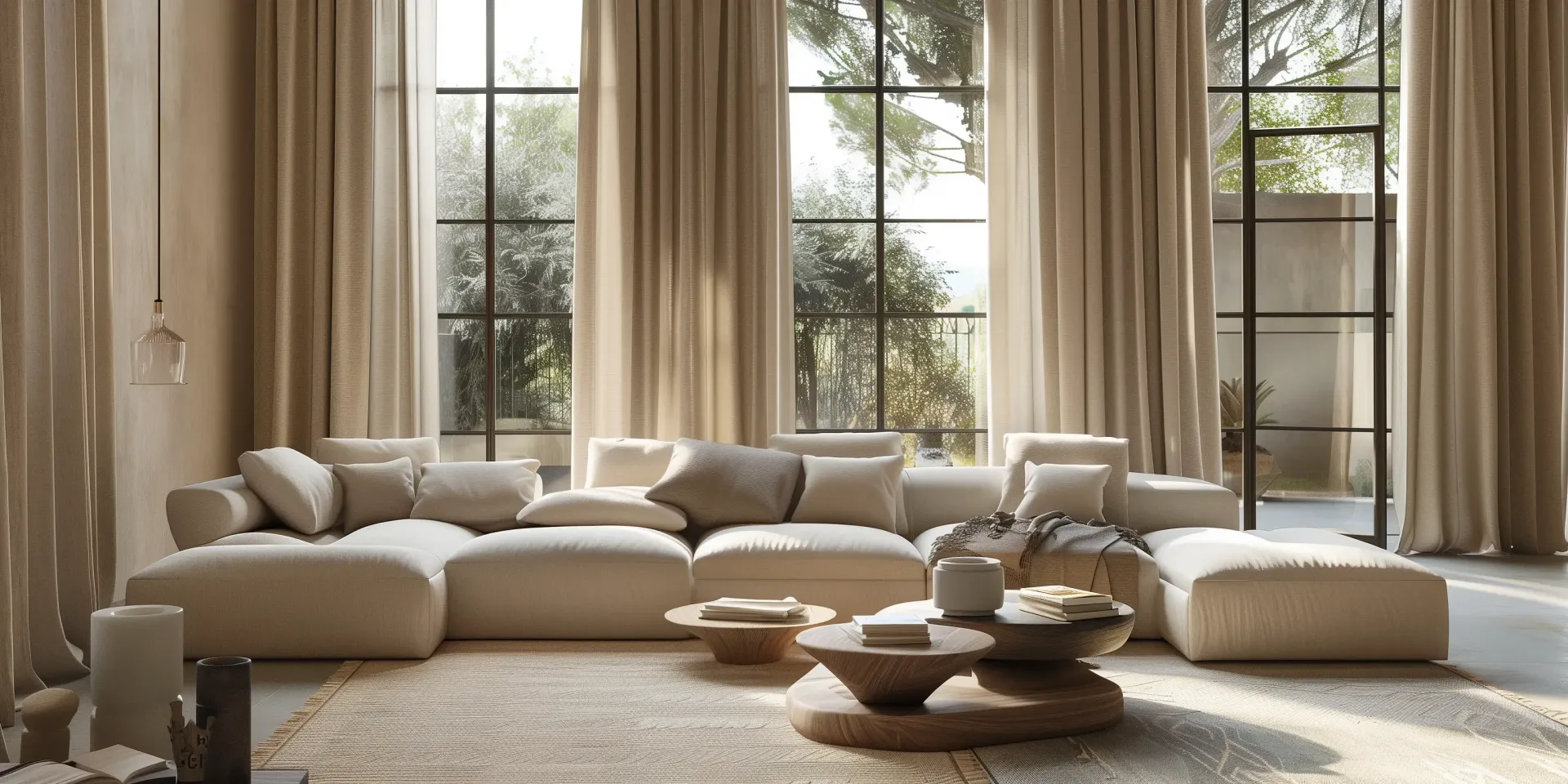
Fabric Density and Layers
- Thicker curtains (such as wool, velvet, or multi-layered drapes) trap air, creating an insulating barrier.
- Thermal-lined curtains provide additional insulation by reflecting heat.
- Multiple layers (e.g., a sheer curtain paired with a thicker drape) can significantly improve insulation.
Coverage Area
- Curtains that extend beyond the window frame (both in height and width) minimize air leaks.
- Floor-length, heavy curtains are more effective at reducing heat loss compared to short, thin curtains.
Roller Blinds vs. Curtains: Which Is More Insulating?
| Feature | Roller Blinds | Curtains |
|---|---|---|
| Heat Retention | Good, especially with thermal backing | Excellent with thick, layered fabrics |
| Sunlight Blocking | High with blackout or thermal blinds | High with blackout curtains |
| Air Gaps Prevention | Snug fit helps prevent drafts | Can allow air gaps if not properly installed |
| Seasonal Adaptability | Effective for year-round use | Works best with layered options |
| Ease of Maintenance | Easy to clean, dust-resistant | Requires regular washing |
R-Value Comparison
The R-value (thermal resistance) of a window treatment determines its insulation effectiveness.
- Thermal roller blinds: R-value of 2.0 – 3.5
- Thick thermal curtains: R-value of 3.0 – 5.0
- Layered blinds & curtains: R-value of 5.0 – 7.0
While curtains generally provide better insulation than roller blinds alone, combining both creates the best insulation results.
Combining Roller Blinds and Curtains for Maximum Insulation
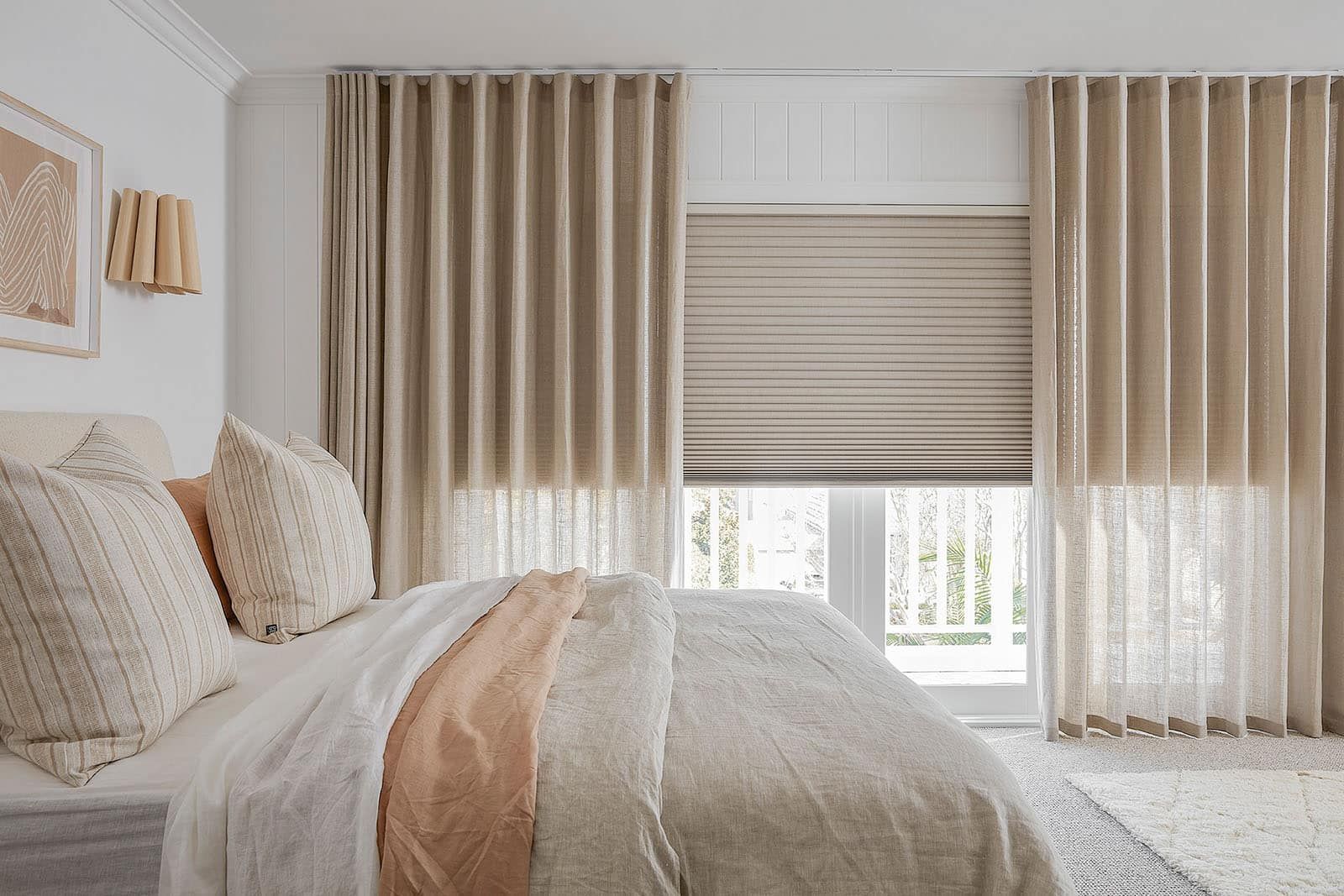
For those looking to maximize energy efficiency, using roller blinds and curtains together offers:
- Layered insulation, reducing heat transfer in both summer and winter.
- Versatility, allowing light control and privacy adjustments.
- Enhanced aesthetic appeal by combining functionality with design.
Other Factors That Influence Window Insulation
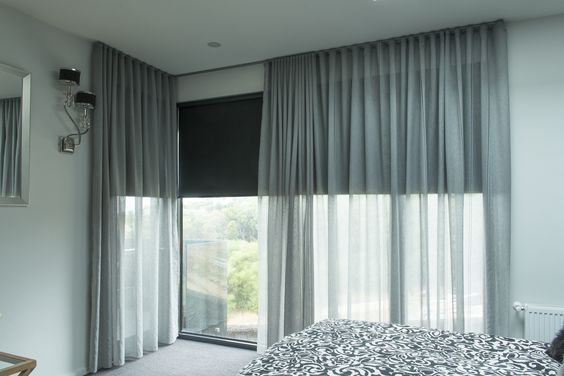
Window Quality
- Single-pane windows lose more heat than double or triple-pane windows.
- Older windows with poor sealing allow drafts, reducing insulation effectiveness.
Installation Matters
- Proper mounting of blinds and curtains ensures minimal gaps where heat can escape.
- Seal edges with weatherstripping or draft stoppers to enhance insulation.
Practical Buying and Maintenance Tips
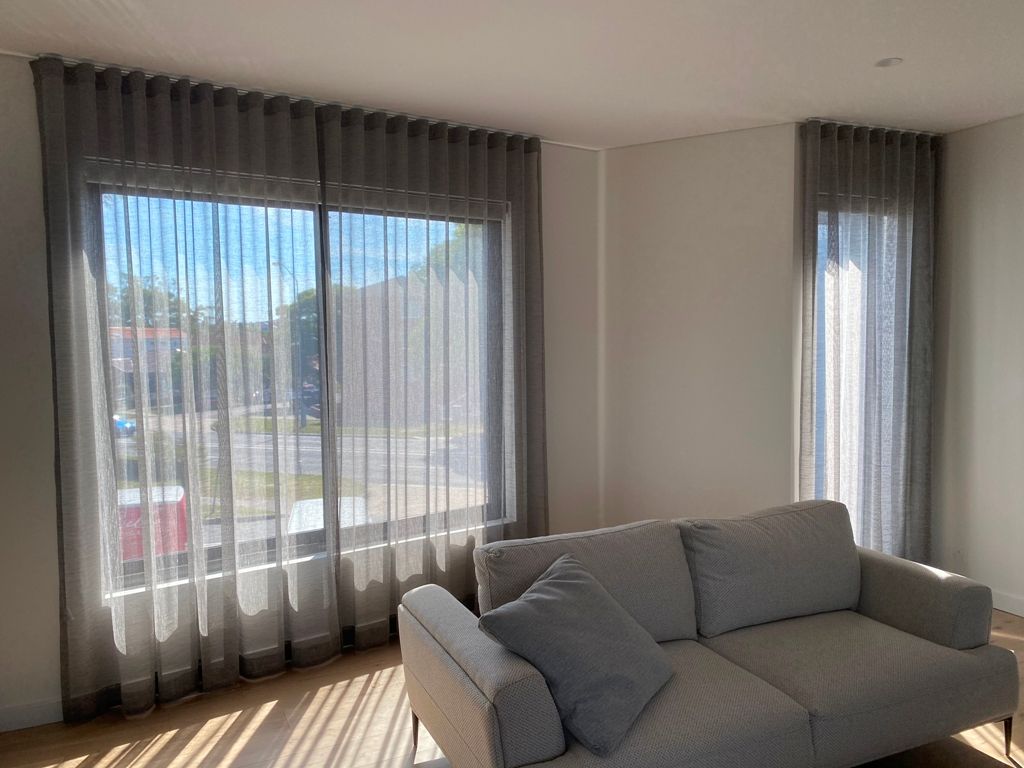
Choosing the Right Window Treatment
- For hot climates: Reflective roller blinds combined with light-colored curtains work best. For more ideas on keeping your space cool, explore our Best Window Coverings for Cooling guide.
- For cold climates: Thick, insulated curtains or honeycomb blinds are ideal.
- For all-season use: Layering thermal roller blinds with heavy drapes provides flexibility.
- For large windows and sliding doors: Roller Shades on Sliding Glass Doors offer a sleek, space-saving solution that provides both insulation and light control while maintaining a modern aesthetic.
Maintenance for Longevity
- Regularly vacuum curtains to prevent dust buildup.
- Clean roller blinds with a damp cloth to maintain effectiveness.
- Ensure proper installation to prevent gaps and energy loss.
Which Should You Choose?
Both roller blinds and curtains offer insulation benefits, but their effectiveness depends on material, design, and proper installation. If insulation is your priority:
- Choose thermal roller blinds for a sleek, space-saving, and effective solution.
- Opt for thick, layered curtains for maximum insulation in winter.
- Combine both for the best insulation and energy efficiency year-round.
For premium-quality roller blinds and insulated curtains, visit
Love Is Blinds AZ today. Our expert team will help you find the best energy-efficient window treatments tailored to your needs.

